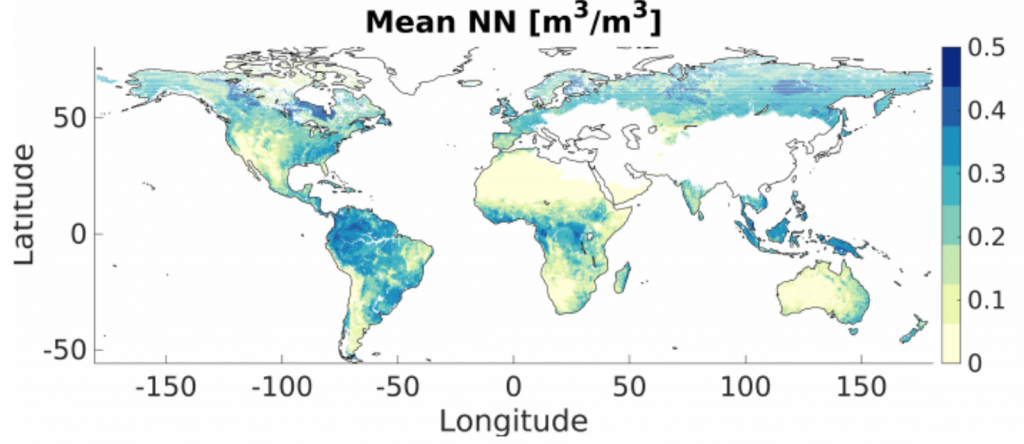Great news!
As of last Monday (June 11, 2019) the European Centre for Medium range Weather Forecast (ECMWF) is using SMOS in its forecasting system (46R1)!Since its launch in 2009, the Soil Moisture and Ocean Salinity (SMOS) mission made by ESA CNES and CDTI has been providing global observations of L band emissions from Earth’s surface, providing information on, but not limited to, soil moisture, vegetation optical thickness, thin sea ice, freeze thaw, and ocean salinity – all very major components of the water cycle.Accurate weather forecasts are paramount for both commercial and leisure activities. ECMWF is the leading agency to provide global accurate weather forecasts. Its Integrated Forecasting System (IFS), a gigantic numerical weather prediction model, provides weather predictions 24 hours a day, seven days a week. To do so the system ingests lots of data but the key is to get data into the IFS in the so called near real time (NRT ) .i.e., less than 3 hours after sensing. which is not necessarily easy with satellite data requiring lost of processing.
Fig1: Impact of assimilation SMOS SM NN and screen variables on weather forecasts at ECMWF on air temperature at 850 hPa for different forecast periods (July September period).eImprovements are in blue.
To overcome this difficulty, LERMA and CESBIO jointly worked on a faster retrieval approach relying on machine learning through the use of Neural Networks. It was adapted to ECMWF requirements by N Rodriguez Fernandez et al., to generate the information needed for operational forecasts, and after 15 years or so of efforts, the SMOS data is used in 24/7 operations which is a major achievement.
Fig 2 SMOS derived soil moisture using neural networks
So far, only SMOS measurements over land are being used to support general weather forecasts. Considering SMOS provides information in all weather conditions, SMOS also delivers new information for tracking hurricanes or improving rainfall estimates from satellite, for monitoring thin sea ice or freeze thaw, for monitoring root zone soil moisture and delivering drought indices etc (see previous posts on this blog!).So far, SMOS is the only Earth explorer satellite providing measurements operationally for global medium-range weather forecasts. But is was not even considered for Copernicus expansion mission…Nevertheless we are keeping busy and a phase A for the SMOS improved follow on: SMOS High Resolution or SMOS HR is starting at CNES in an international collaboration scheme. The Goal is to have by 2026 a 10 km resolution L band radiometer… Stay tuned!


